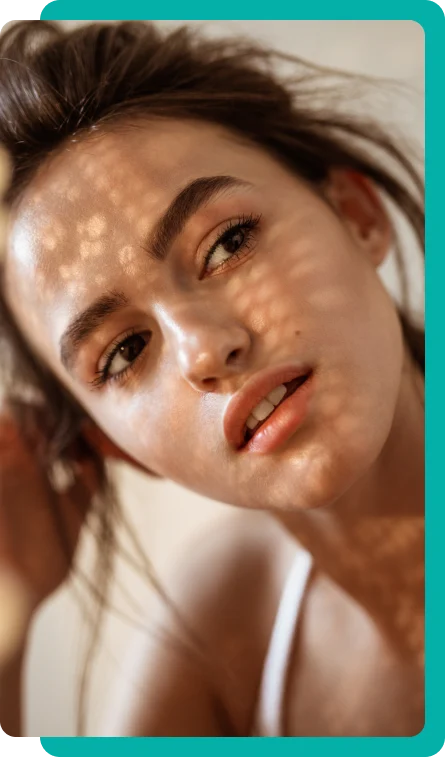After getting cheek fillers, it's essential to wait at least 24 hours before applying makeup to minimize infection risk and allow initial healing.
If you've recently refreshed your look with cheek fillers, you might be excited to experiment with makeup. But before you grab that contour brush, remember – taking care of your skin post-filler is crucial for optimal results and healthy healing.
This guide will answer the burning question of when you can safely apply makeup after cheek fillers, ensuring you look and feel your best. Think of dermal fillers like Juvederm Voluma and Restylane Lyft as investments in your appearance and proper aftercare is part of protecting that investment.
Immediately after receiving cheek fillers, your skin will likely feel tender, swollen, and a bit sensitive.
The injections typically cause moderate inflammation as the filler integrates into the treatment area. You may also experience some visible redness and bruising at the injection sites. This is normal and to be expected.
The inflammation results from the trauma of the needle entering the skin repeatedly to strategically deposit the filler material. Your body sends extra blood to the area to begin healing, which causes the redness. Bruising occurs when the needle pierces blood vessels under the skin.
The filler materials themselves can also temporarily change the texture of the skin, making it feel slightly firmer, thicker, and puffy. All of these effects should gradually subside over the first few days. But in the short term, your skin will feel different and remain sensitive.
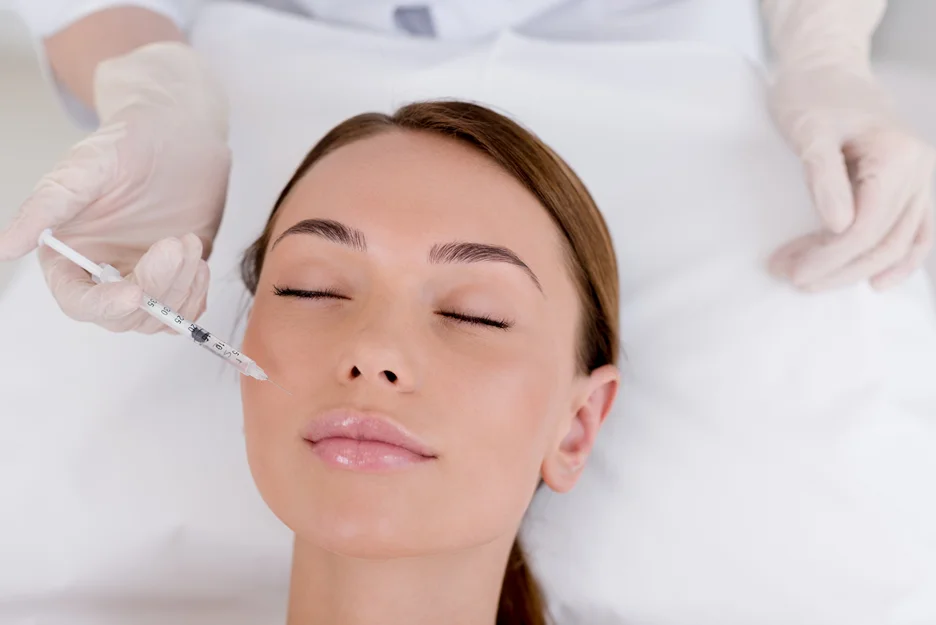
It's crucial to avoid applying makeup directly after your cheek filler injections for a few important reasons:
The doctors need to see how your skin responds in the first few days to determine if any touch-up injections or adjustments are needed. Applying makeup could cover up issues like asymmetry, overfilled regions, or unsatisfactory results. Waiting also allows the filler to properly integrate and settle into position within your facial tissues.
Most plastic surgeons and cosmetic dermatologists recommend avoiding all makeup for at least 24 hours after receiving cheek fillers. Some even advise waiting a full 2 days if the inflammation is moderate and you experienced bruising. Here's why you should wait at least a day before applying makeup:
If you have visible bruising, especially moderate to severe bruises, you should wait longer, up to a full week. The bruised skin needs time to heal so applying makeup doesn't cause more irritation. Severe bruising can take 10 days or even 2 weeks to fully resolve.
When you do start applying makeup again after cheek fillers, stick to products that are non-irritating and specially formulated for sensitive skin. Some good options include:
Avoid liquid or cream-based foundation and blush until your skin has fully healed, usually around 2 weeks post-treatment. These can harbor bacteria if you don't clean the applicators properly. Powder products are the best choice for the first couple weeks.
Look for brands that market their makeup as appropriate for post-procedure skincare. Always check that the ingredients list doesn't contain anything potentially irritating like retinol, glycolic acid, perfumes or essential oils.
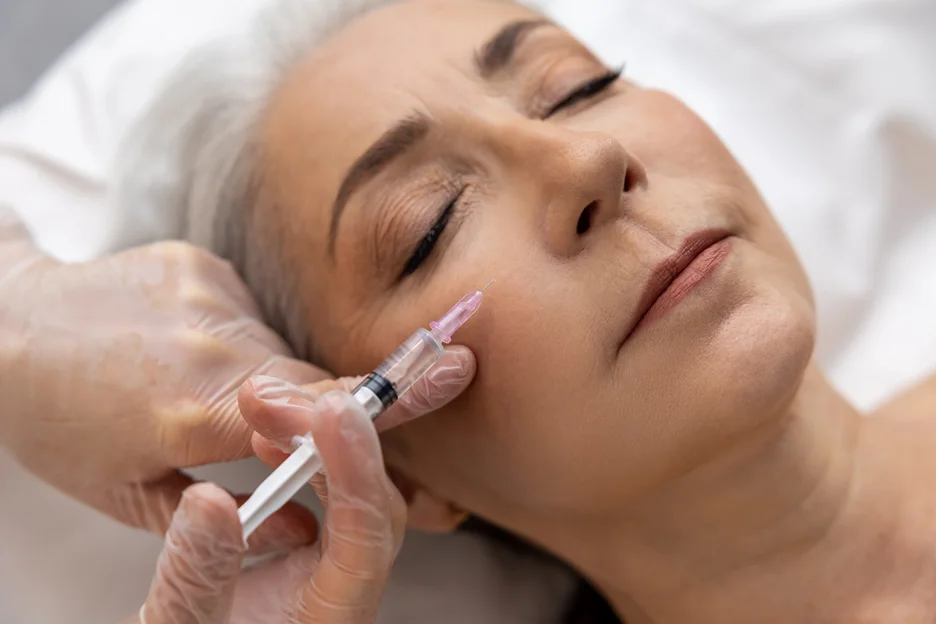
When you start applying makeup again after your cheek filler treatment, be very gentle and minimize pressure on the injection sites. Here are some tips:
Always keep your face cleansed and moisturized to support the healing process. Be extra diligent about washing brushes and sponges to prevent bacteria from entering broken skin. Avoid excessive sun exposure and adopt a daily SPF 30 sunscreen habit to protect your investment.
If you experience any of the following after applying makeup, it likely signals an adverse reaction or underlying issue:
These could be signs of an infection, allergic reaction, or improper filler placement. Most complications can be treated by your provider if caught early. But any moderate to severe reaction warrants a prompt follow-up appointment for evaluation. Don't try to cover it up with more makeup.
Your injector will schedule follow-up visits at key intervals after your cheek filler procedure to monitor your progress. The first is usually 2 weeks post-treatment to check your response and make any needed tweaks. Further follow-ups may occur:
Follow all your provider's advice diligently and raise any concerns immediately. Don't apply makeup before they have fully evaluated your post-procedure healing at that first critical follow-up. This allows them to properly inspect the treatment sites and determine next steps to achieve your aesthetic goals.
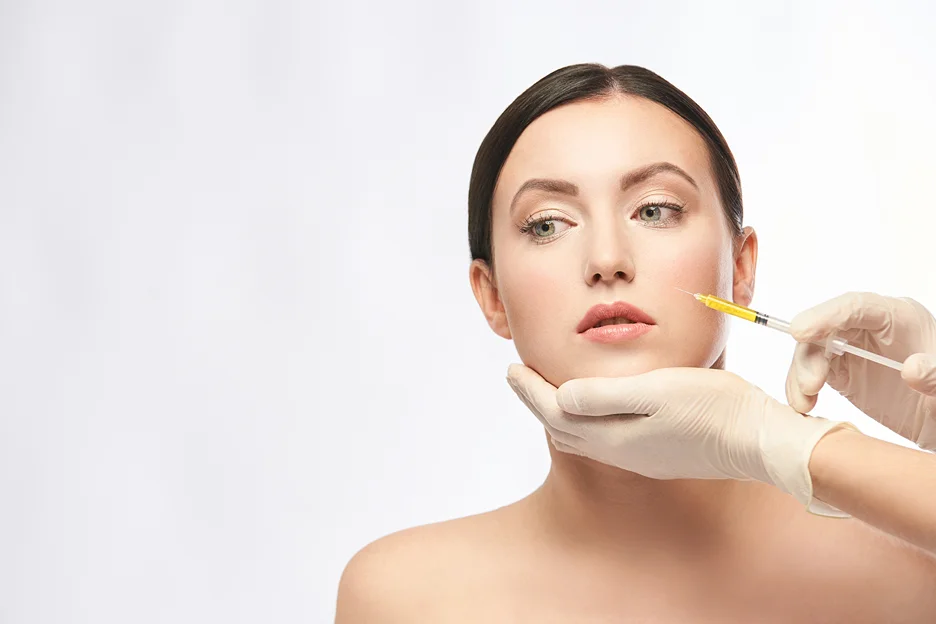
It's natural to want to conceal any temporary swelling or bruising after cheek fillers, but remember – prioritizing your skin's healing is key for the best results. Here's your timeline:
If you notice any signs of complication (increased swelling, redness, pain, etc.), contact your provider immediately. Proactive care ensures long-lasting, beautiful results.
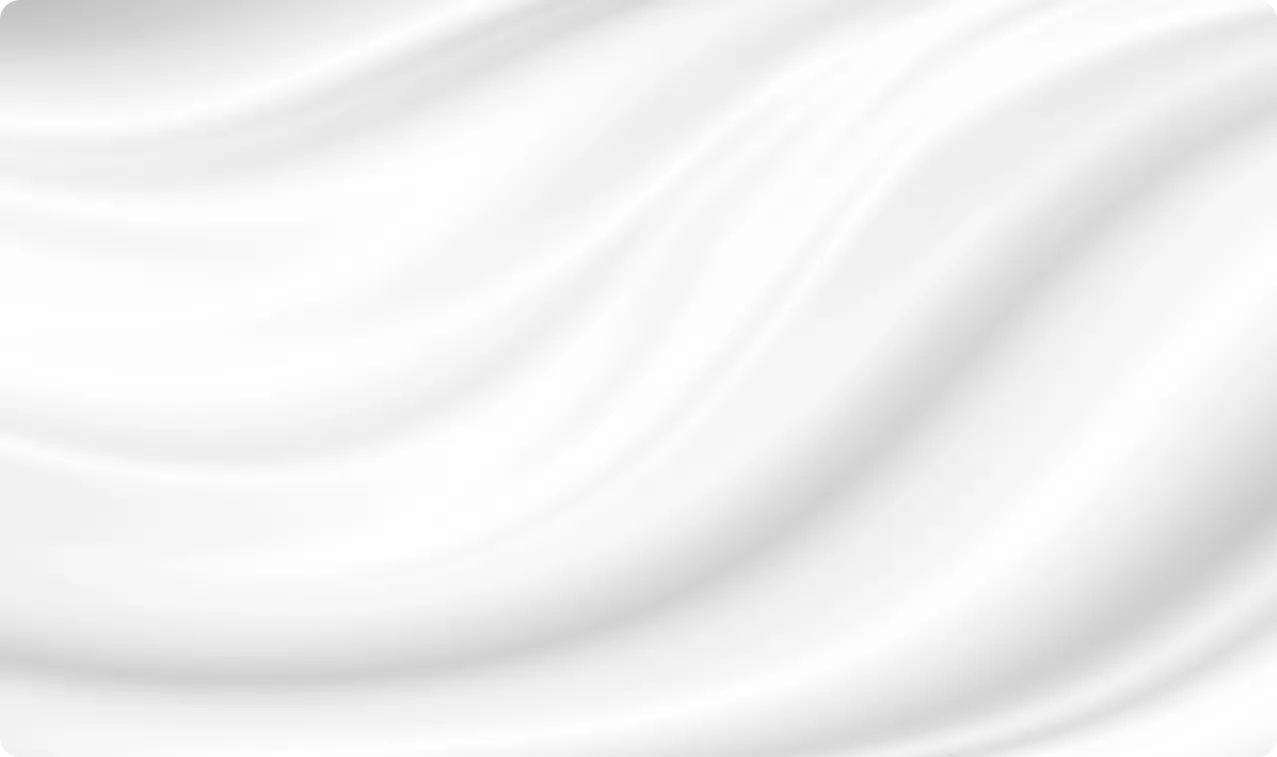
New Patients Enjoy $100 OFF on Tox or Filler Appointments!
*minimum 1 full syringe or minimum 25 units; Cannot be combined
